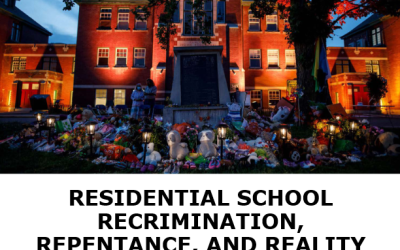 Executive Summary
Executive Summary
There have been big changes in the Canadian aviation sector. Porter Airlines, having launched in 2006, announced an ambitious expansion last month. WestJet, built on the Southwest Airlines low-cost model and now in the international market, announced the summer debut of its subsidiary, Encore. Legacy carrier Air Canada, having recently undergone a joint venture merger with one of its Star Alliance partners, also intends to inaugurate its new subsidiary, Rouge, this summer.
This recent turbulence in the skies is not restricted to Canada. Around the world, the airline industry is in a state of flux. The changes are driven by the wide cost advantage that a low-cost carrier (LCC) maintains over a legacy carrier such as Air Canada. This advantage gives many of the LCCs, including WestJet and Porter, the flexibility to move into the traditional business of the legacy carrier. Challenged by the rise of the LCCs, the legacy carriers have responded with a change in their business model, all but abandoning their signature luxury in-flight services.
The result is that the old categories of legacy and low cost are increasingly blurred. For the airline passenger, price remains a key concern on short-haul flights, but convenience of schedules, airport location and service still count.
Background and the case of Porter Airlines
In 2006, Porter Airlines entered into this newly clouded paradigm. Last month, it announced a planned expansion: six more Q400 planes and 30 new CS100 whisper jets to serve 14 new cities including Las Vegas, Los Angeles and San Francisco. Porter Airlines maintains its base at the Billy Bishop Toronto City Airport (BBTCA), owned by the City of Toronto and leased to the Toronto Port Authority. A 1983 agreement, known colloquially as the Tripartite Agreement, governs the BBTCA. Before Porter Airlines can expand, the agreement requires amendment to address jet service and runway extension.
This paper avoids the question of the jet ban and the runway extension.
Rather, the proposed expansion of Porter Airlines represents an opportune time to examine the airline industry. With Canada now served by three major scheduled airlines, the paper examines the challenges facing the carriers and lists the various benefits of airline competition.
The paper also looks at the predatory behaviour that Porter Airlines alleged it would face as a new entrant. Specifically, the paper looks at the allegation that through a dramatic and short-term increase in low fares or added capacity, an established carrier may eliminate new entrant airlines. Porter Airlines addressed this concern at the outset, raising it early in its discussions with the Toronto Port Authority.
To provide context to these questions, some background on the Porter Airlines hub at the BBTCA is necessary.
View entire study as PDF (18 Pages)


